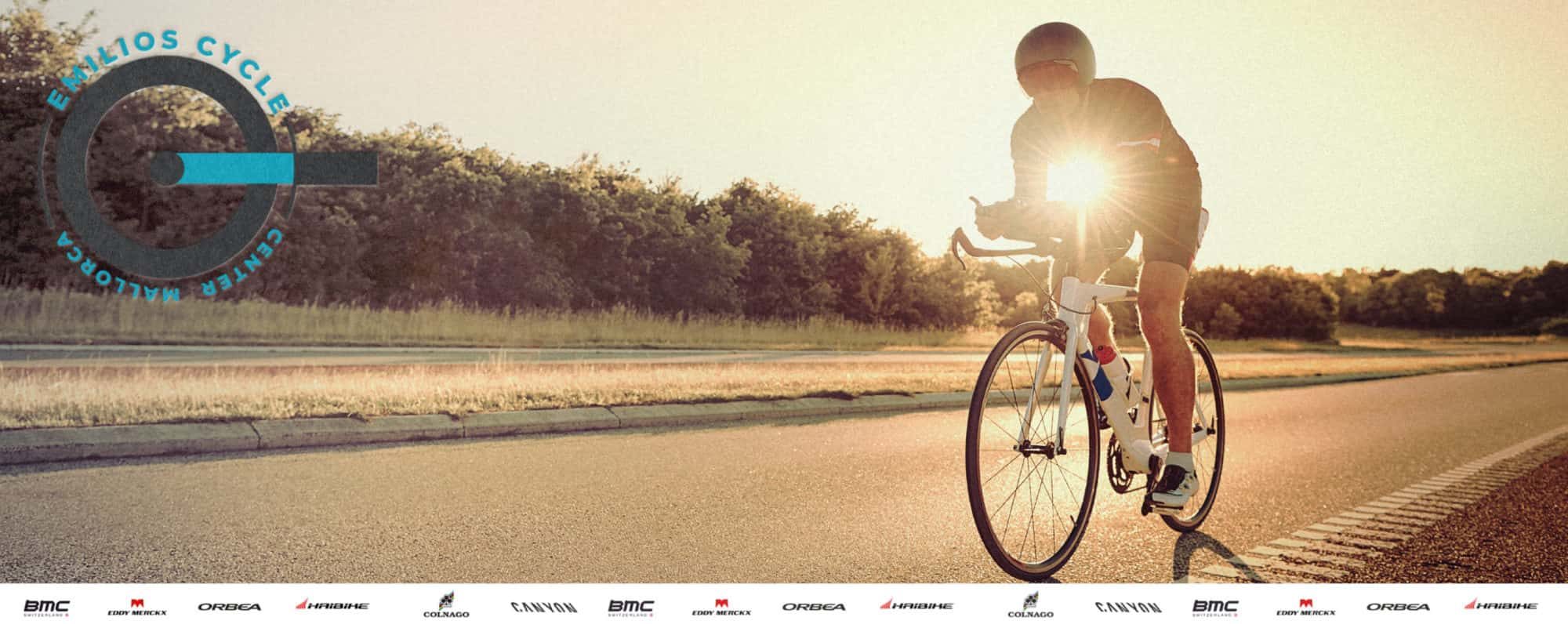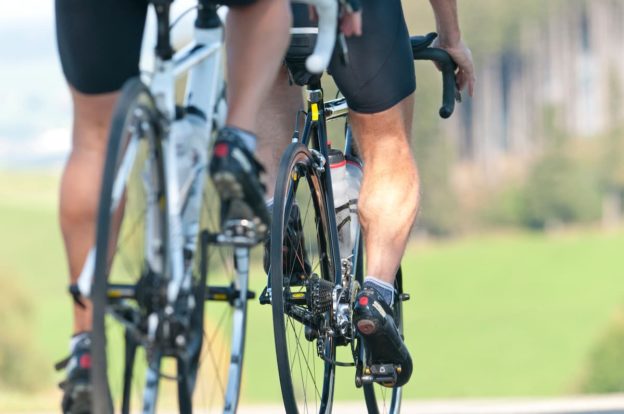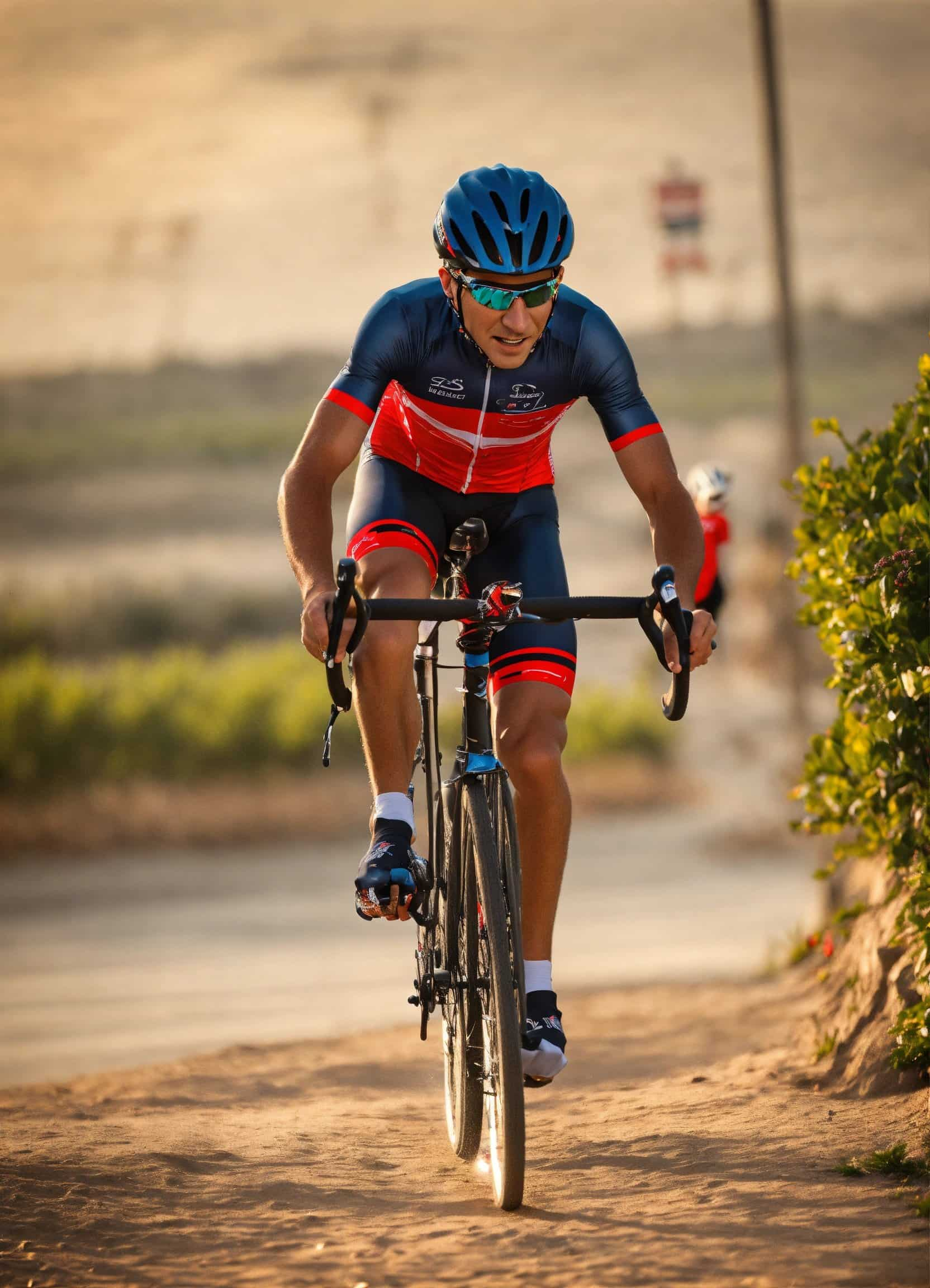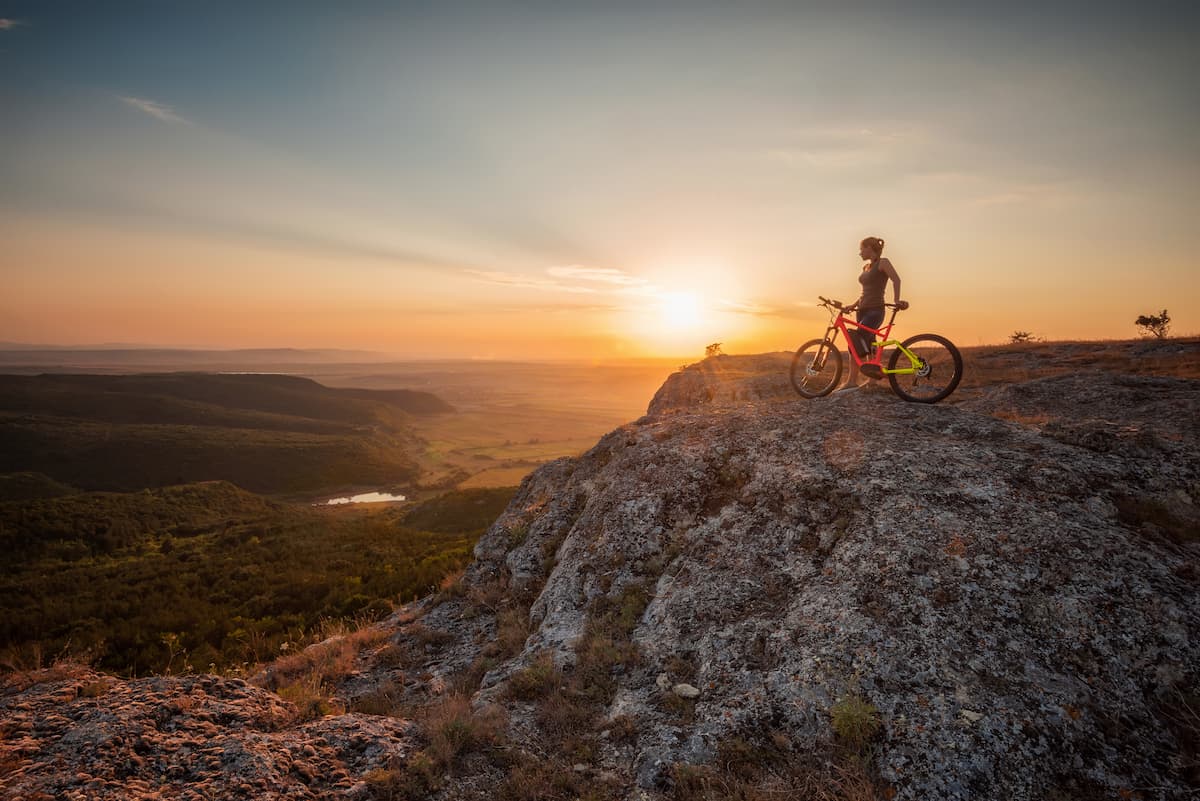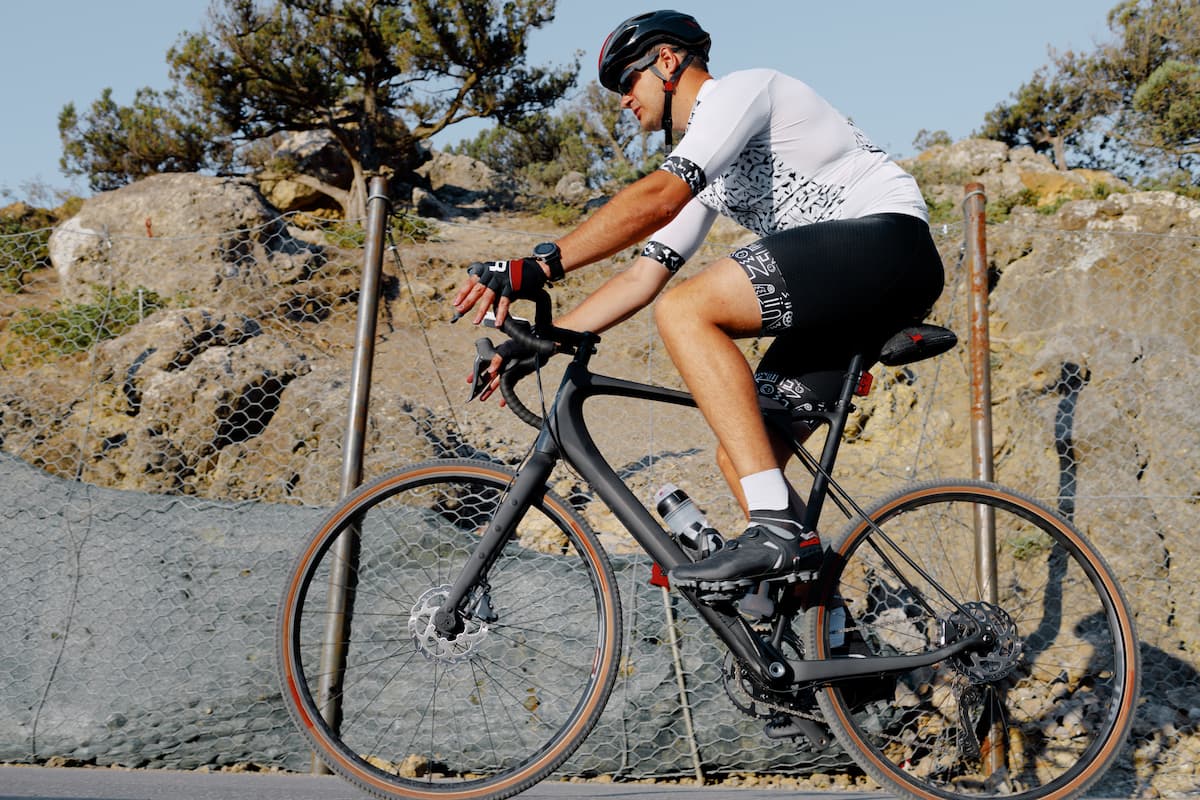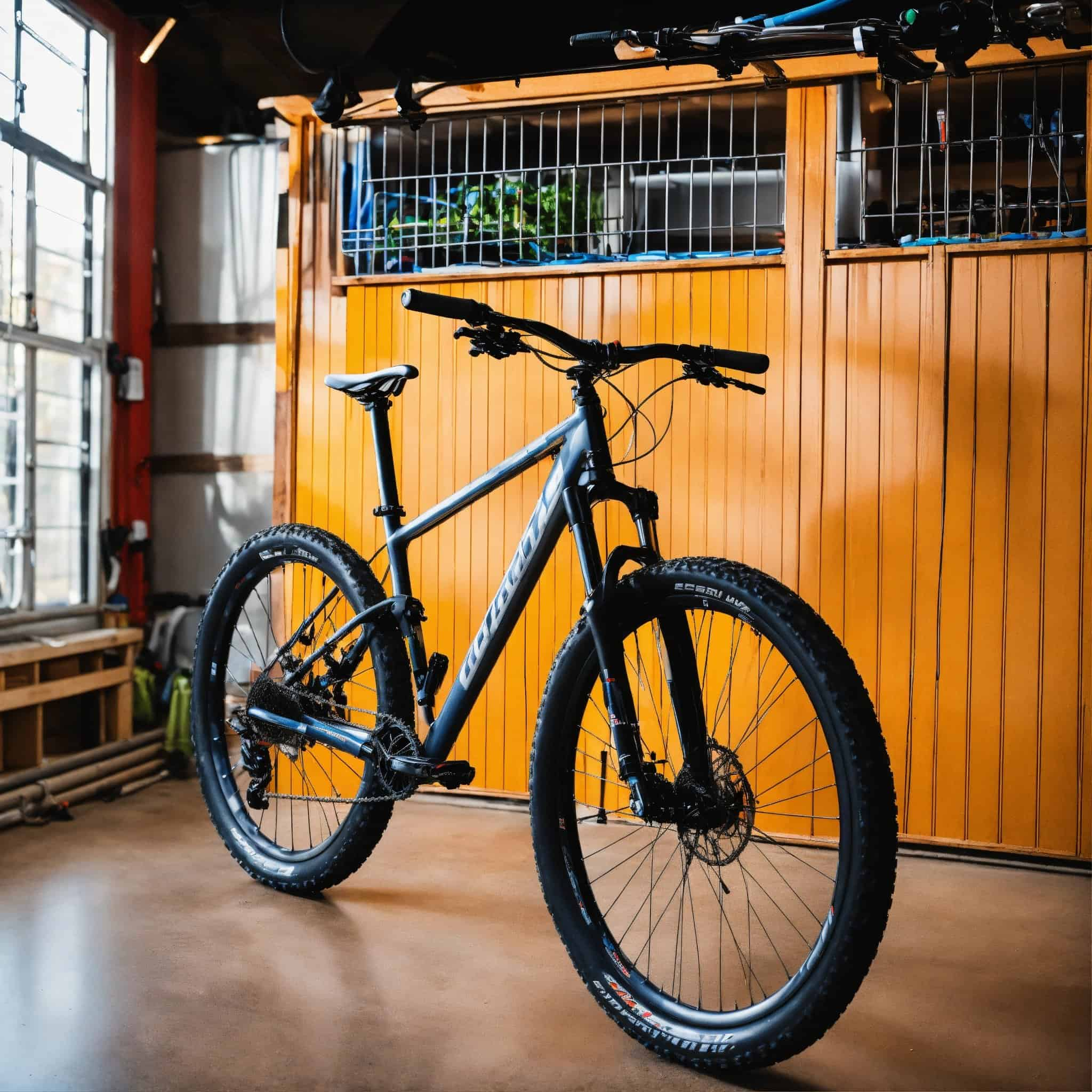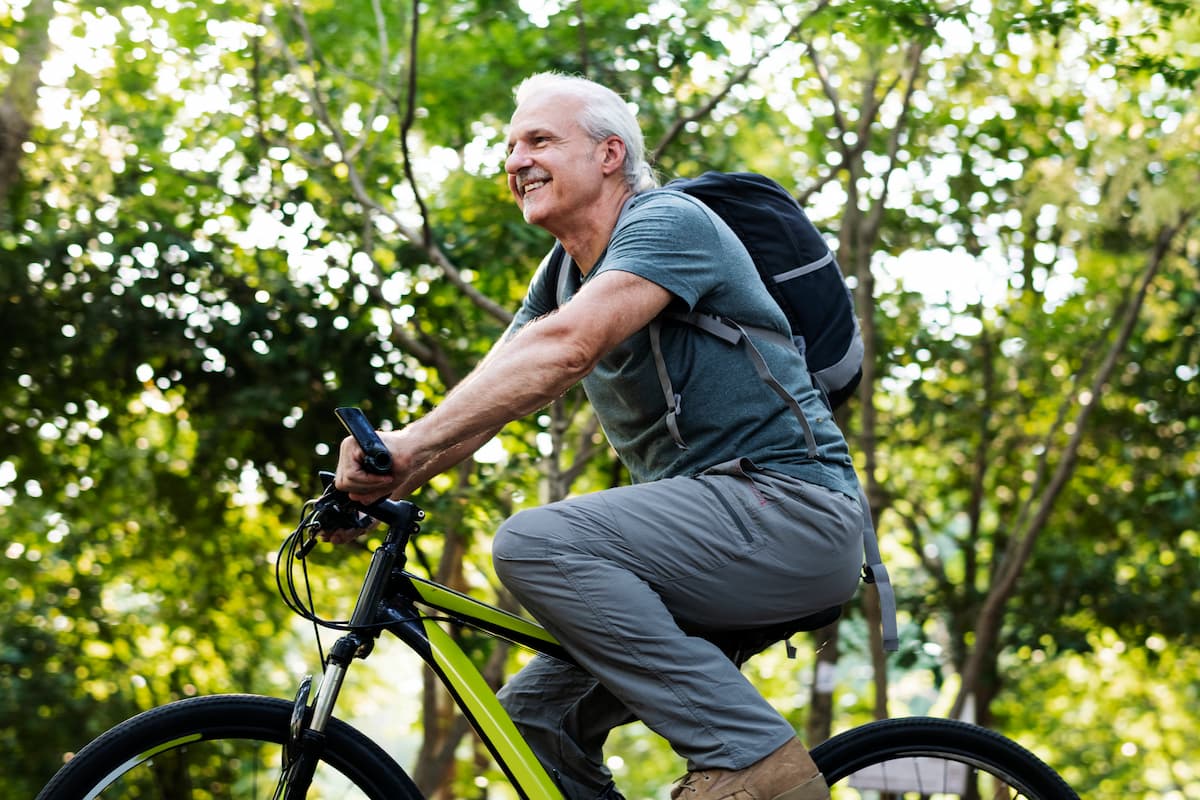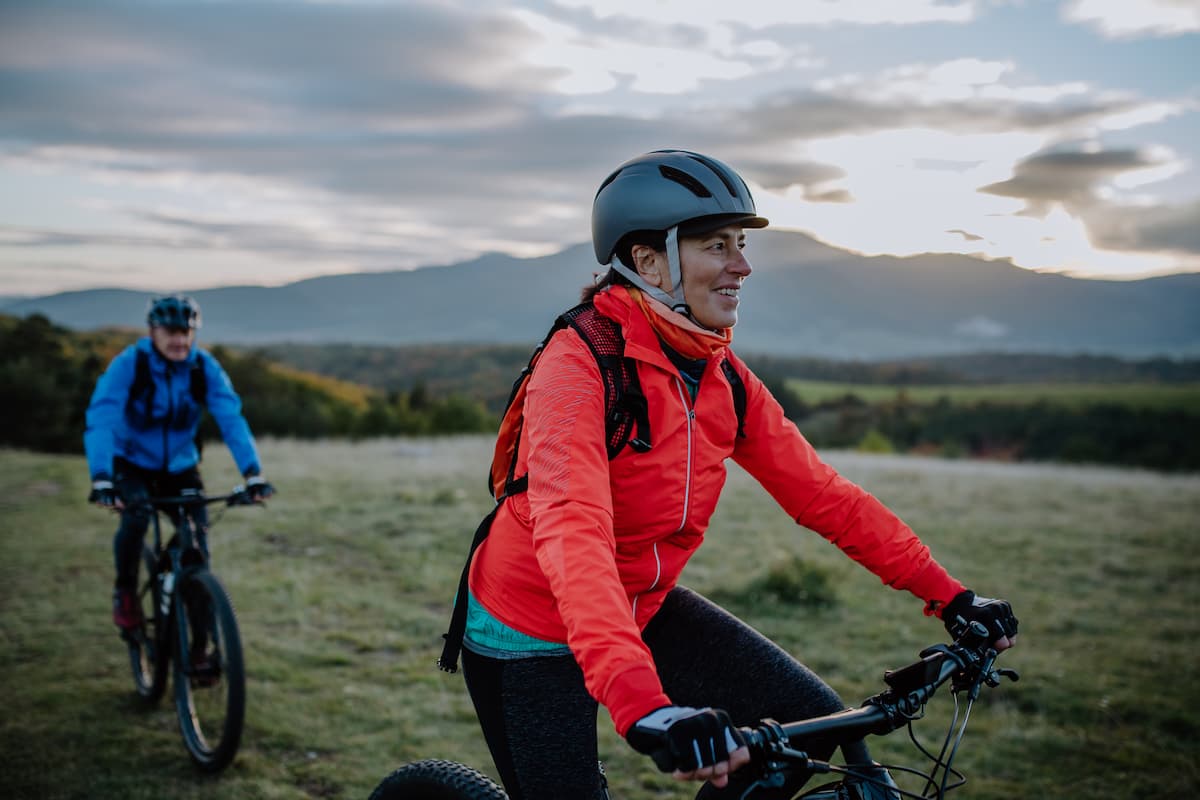From slipstream to watts, riding technique, tactics, and speed: moving in a peloton – efficiency, statistics, research, and advice
Endurance, power, and watts per kilogram are all aspects of road bike performance. Another is tactic, preserving power, navigating through the peloton, and being in front when it counts. You can be the strongest rider in a field, but if you don’t maneuver safely in a compact, frantic field of riders, squandering strength and “missing” the critical groups, you’ll never succeed. Learning from the greatest is one possible technique for getting better at this.
Elia Viviani is one of the world’s most accomplished sprinters still competing today. In early August 2019, he won the Prudential Ride London, averaging 1020 watts in the last ten seconds of the race, 30 watts more than his closest challenger, Sam Bennett, who finished second. Despite the fact that the Italian is around two kg lighter than the Irishman. The importance of sprinters remaining as “fresh” as possible in the last lap of a race becomes especially obvious.
Performing admirably in the peloton
The ability to ride “good” in a field of riders, the peloton, is one of the deciding factors in how much power and energy a rider “uses” throughout a race, conserving vast quantities of energy for when it is needed. Route knowledge can be a factor in this: where are the danger locations, where are the twists that are difficult to see or bend, where are the steep descents or tough town crossings? To help riders remember these key spots, it is normal practice in the peloton to tape little pieces of paper containing route information, as well as mountain and sprint categories, to the handlebar stem. The course is also cycled before the race if time allows.
A thorough understanding of the route, along with tools such as GPS computers, enables riders to identify potential hazards early on and respond appropriately. The risk of falling is therefore reduced, and the team has all of its riders accessible at critical phases to take tactical action at the next critical juncture.
Cycling with foresight
Both professional and amateur cyclists can “read” races. This talent entails being able to detect movement in the field, even from a less-than-ideal vantage point, and adjusting one’s driving appropriately. Small swerves are frequently done at the front of the pack to allow another rider to grab the lead. These swerves are imitated by riders who are hesitant to take the lead, resulting in track-sized waves a few rows back, forcing the field to stall and dramatically increasing the danger of collisions. To avoid such circumstances, it is generally preferable to keep out of the way of the crowd, even if the effort required is slightly more.
In addition to this talent, which is heavily reliant on experience, anticipatory driving refers to simply paying attention to the racing activity as a whole. It is critical to keep an eye not just on the back wheel of the cyclist in front of you, but also on the road ahead of the field, including the riders in front. Race-critical conditions, such as wind edges or direct competitor attacks, as well as potential accidents, may therefore be identified in good time and necessary reactions can be offered.
Tactics and training for riding in the peloton
Maintaining a proper place in the peloton: There is no such thing as a single “correct” posture. Cycling is exciting because of this. Throughout a race, you can constantly see the various tactical approaches of the individual teams. The risk of falling and the slipstream element, on the other hand, always and profoundly impact a right stance. The former can be readily lowered. The more forward you ride in the field, the fewer cyclists ahead of you who could take down the entire field in the case of an accident. Because you have a better view, you are less likely to fall.
The slipstream effects
The slipstream factor, on the other hand, is relevant here. It is the “executioner” of triumph and failure, especially on flat stages. Factors that influence slipstream effects include: These include the route profile, the wind, and the pace. A cyclist weighing 75 kg, for example, must pedal roughly 420 watts on a level track with no wind to maintain a pace of 45 km/h. The same cyclist must pedal at the same speed at the back of a flat stage. The same cyclist, riding in second position and glued to his back wheel, need just roughly 260 watts to achieve the same pace. If he were to leave a one-wheel-length gap between himself and the rider in front, he would have to use around 70% of the latter’s power: 294 watts.
According to current scientific research, in order to preserve the field, a cyclist just has to use about five to ten percent of the force that the rider in front does. This model computation depicts the significant impact of slipstream driving on the race. These calculations show that a position further back on the field would be the most efficient.
Effect of accordion
However, on the one hand, this raises the chance of crashing; on the other hand, riders at the back suffer from the so-called “concertina effect,” in which the field frequently stacks up right before corners and then widens out excessively. While the drivers in the front can go at normal to high speeds around the curves, those in the back third are occasionally brought to a halt in tight locations. The ensuing speed disparity must be compensated for by a longer approach, resulting in a significant waste of power and energy.
Position driving excellence may be achieved on a frequent basis prior to sprint arrives. At speeds of 55 to 60 mph, the teams seek for and find each other at the head of the peloton, preparing a perfect lead-out for their sprinter. Because the teams work as a unit here, further aerodynamic benefits may be exploited. The optimal position sequence for each individual rider results in a 5% decrease in required power per rider. Smaller groups of drivers: Breakaways are considered the genuine heroes of cycling by many fans. Riding in escape groups, or even as a single, portrays “David versus Goliath.” One or a few vs. Many. Because you can no longer “hide” in the slipstream if you ride ahead of the pack.
Energy expended on breakaways
As a result, the effort required for breakaways is greatly enhanced. This, of course, refers to the riding style in bicycle marathons, which is generally characterized by extended solo or group rides, particularly on mountainous routes. When it comes to “effort,” one of the deciding criteria is the riders’ stance. At such races, it is common to see the escape riders riding incredibly close behind each other and all in the lower handlebar position. Such an aerodynamic position saves around a fifth of the power to be applied for cyclists in the slipstream. The rider’s wind attack area is greatly reduced by the lower grip and subsequent squat stance.
Resistance to wind
One thing is certain: On a road bike, the rider is responsible for around 75 percent of the wind resistance, while the material is responsible for approximately 25 percent. This riding technique “saves” between one and three percent power for the leader of such a group because the air pressure between the riders is lowered, lowering braking turbulence at the back or rear wheel.
The effects of aerodynamics behind the driver are highlighted through studies of the connection between drivers and the automobiles that follow them. A leading group is frequently close to a column of automobiles trailing behind it. The automobiles following behind have a 0.2 percent beneficial effect on the athletes’ required power production at a distance of ten meters. When an automobile gets within two meters, the aerodynamic advantage rises by up to 10 percent.
All of these considerations apply to field drivers as well, although the benefit is not as great. The benefits provided by the vehicles are frequently ineffective on the track since the distance between the leader and the first car is usually too big, and the air conditions are also significantly impacted by the other drivers.
Training advice for peloton riders
- Enhance your riding technique by: good bike handling is vital for feeling comfortable in a crowd of other riders. Simple workouts and riding skills might help you develop a positive relationship with your bike. Skill activities such as slalom riding, picking up a bottle while riding slowly, or attempting to cover a distance as slowly as possible are one possibility. Training stimulus in cyclocross or track cycling are another alternative. Balance and skill are crucial components in cyclocross since they allow you to go over the obstacles or occasionally muddy or tough parts as soon as possible. Track cycling is considerably more constrained, and the inflexible hub necessitates a particularly anticipatory riding style, as braking and acceleration lengths are proportionally much greater.
- Group training: A peloton, like group training, necessitates the presence of other cyclists. A training group can be utilized as a racing simulation room inside the StVZO framework. The contents are as follows: proper close riding on the back wheel, detachments and subsequent reinsertion, and a greater basic speed. The racing simulation or driving game is an effective subset of group training. 2.5 hours of training with one hour of fartlek on a circuit – one score each lap, for example, at a sign or marker. Training levels range from GA1- through SB.
- Interval training: A race is always made up of over- and under-load periods. Depending on whether the race or marathon is mountainous or flat, training should include race-simulative variations in load and unload. The ratio shifts in favor of load with time. Important: Allow ample time to cycle in and out of intervals before and after. As an example, two hours GA1 with 4-5 x 5 minutes in EB, followed by a 5-minute rest period.
The Peloton and Strategies for Wind and Watts
Wind resistance accounts for approximately 90% of the overall resistance to be overcome at a speed of 54 kilometers per hour. Professor Bert Blocken and his team of Eindhoven University researchers presented their findings on wind resistance at various positions in the peloton. The scientists employed two separate measuring methods for the research “Aerodynamic drag in cycling pelotons,” which was published in the Journal of Wind Engineering and Industrial Aerodynamics.
First, wind resistance was calculated for each place in a peloton of 121 cyclists using a computer simulation, known as the computational fluid dynamics approach. In addition to the extensive CFD simulation, wind tunnel tests with small models of riders were carried out. The peloton was the same shape and size as in the previous test setting.
Model results from experiments
Both test models had nearly identical results: Riders in the outside rows must still overcome 60 to 80 percent of the wind resistance. The cyclists in the center of the peloton gain far more from their teammates’ slipstream. The cyclist in the third row needs to fight just 35% of the drag that an isolated rider would experience at the same speed. The further back the cyclists are in the field, the less wind they experience. Wind resistance diminishes to around five to ten percent of its initial value in the back rows. According to the findings of the study, Blocken believes that a rider in the rear rows only needs to provide roughly the same force at 54 kilometers per hour as a single rider at 14 to 20 kilometers per hour. As a result, amateurs would be able to ride a flat Tour de France stage in the peloton. However, this is only true in principle for a peloton riding uniformly over a level surface. The research results, on the other hand, solely pertain to the peloton’s continual ride on the flat with frontal wind.
The wind direction, on the other hand, has a substantial impact on the slipstream and the structure of the peloton. If the wind is blowing from the side, the riders form a wind relay, riding diagonally offset from each other. When the wind is blowing from the side, it is common to see a double lineup, with the riders on the side facing away from the wind having to overcome the reduced wind resistance. The proportion of air resistance in overall resistance reduces as the road increases. On the one hand, this is due to the fact that wind resistance lowers as speed falls, yet it rapidly increases when the gradient increases. Even on a climb with a three percent gradient, the gradient resistance is equivalent to the wind resistance that must be overcome by a 70-kilogram cyclist using 450 watts of power.
Professional cyclists are distinguished from amateurs and leisure athletes by the link between power and body weight. Watts per kilogram are important for climbing. Professionals can produce at least five watts per kilogram of system weight, which includes the rider, bike, and clothes. Amateur racers normally remain under this five-watt limit. Amateur cyclists often achieve a maximum power-to-weight ratio of three to four watts per kilogram.
The path through the center
The road in the middle is typically the greatest choice for moving ahead through the field while conserving energy. To do so, the rider must be aware of his or her surroundings, have a good sense of proportion, and have the bravery to notice gaps. Riding sideways through the peloton to the front normally necessitates a significant amount of effort. You should also take advantage of the slipstream of other cyclists who are riding forward. Moving efficiently in the field and maintaining place frequently takes years of racing expertise. Though you don’t have this, you’ll struggle to keep up with a professional peloton, even if power in a wind-protected position on flat passages is frequently sufficient. The most energy is saved towards the middle of the field. The peloton: red represents significant wind resistance, while green represents minimal wind resistance. Central and far back are the best positions. However, in order to keep track of the peloton, positions 20 to 50 should be regarded the “perfect position,” or the desired benchmark.
